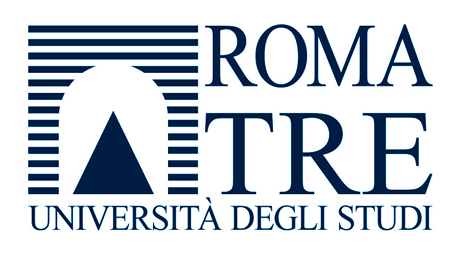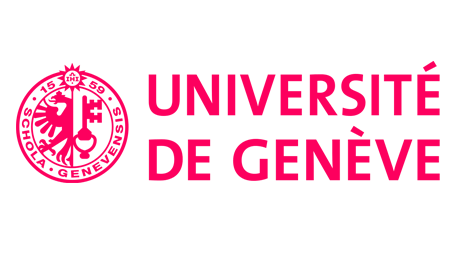The project
The project "HAzard DEtection with quantum Sensors" (HADES) is funded by the NATO Science for Peace and Security (SPS) Programme (id G5839).

It is based on the enhancement of a technique known as ghost imaging, a magic trick to take an image of an object without analysing the light that traversed it. It consists in illuminating an object with a certain type of radiation and using another radiation to build the desired image of the object. The goal of the project is to improve this approach by exploiting also the wavelength of the light: the first beam will interact with the sample but the second radiation will be used to build the desired spectrum. To make this process possible you need “strong” correlation between the photons of the two beams that is the entanglement, the most fascinating and interesting characteristic of quantum mechanics: two objects are entangled if there is a sort of distant bond, the behaviour of one determines the other one.
We will generate pairs of entangled photons of different wavelengths (i.e. colors), for instance one in the infrared (not visible) and the other one in the visible range, which run through two different optical paths. The first passes through the sample to be analysed and reaches a detector producing a signal for the spectrometer placed on path of the second photon allowing to measure how many photons have a certain wavelength. Repeating the operation many times it is possible to obtain the absorption spectrum characterizing the sample.
Thanks to the quantum properties of our photons, this sensor can detect the presence of a threat by measuring a radiation which did not interacted with it, moreover of a different "color".
A second set-up will be developed at the University of Geneva. It will concern an improvement of one of the best spectroscopy technique, called Fourier Transform InfraRed (FTIR) spectroscopy, by the exploitation of quantum correlations. As in the ghost spectroscopy set-up, the main advantage regards the ability to extracts spectral information from a beam in the mid-infrared (mid-IR) range without effectively detecting it. A first crystal will generate entangled photon pairs in the telecom and mid-IR spectral range; the sample will absorb some of the mid-IR photons while we will apply a delay to the telecom wavelength photons. Those photons will interact again in a second crystal to undergo a further generation of entangled pairs and this process will shift the spectral information from the mid-IR photons to the telecom photons. Then finally, by detecting only the telecom photons and changing the delay before the second crystal, we will record an FTIR interferogram allowing to get the spectral information.
The great value of HADES will be the ability to perform spectroscopy in the near-infrared and mid-infrared into a novel framework paving the way to important applications such as the detection of potential CBRN threats.
The project is coordinated by ENEA and involves the University of Geneve (Switzerland), the University of Roma Tre (Italy) and other Institutions: Nucleco s.p.a., Inov8 and NATO Defence College Foundation
The NATO Science for Peace and Security (SPS) Programme
The NATO Science for Peace and Security (SPS) Programme (http://www.nato.int/science) is a NATO programme promoting security-related practical cooperation based on scientific research, innovation and knowledge exchange within NATO’s wide network of partner countries.
It connects scientists, experts and officials from Allied and partner countries to address security challenges, such as cyber defence, counter-terrorism or defence against CBRN agents; to support NATO-led missions and operations; to foster the development of security-related advanced technologies such as sensors and detectors, nanotechnologies, unmanned aerial vehicles (UAVs); and to address human and social aspects of security such as the implementation of United Nations Security Council Resolution 1325 on Women, Peace and Security (UNSCR 1325).
In this regard, the SPS Programme greatly benefits from the expertise of other NATO agencies, divisions and delegations, and bodies such as centres of excellence.
The Programme provides the Alliance with a unique channel for non-military communication, including in situations or regions where other forms of dialogue are difficult to establish. It enables NATO to become actively involved in such regions, often serving as the first concrete link between NATO and a new partner.
The SPS Programme has evolved continuously since its foundation in 1958. To this end, a comprehensive reorientation of the Programme took place in 2013, which gave SPS a renewed focus on larger-scale strategic activities beyond purely scientific cooperation.




